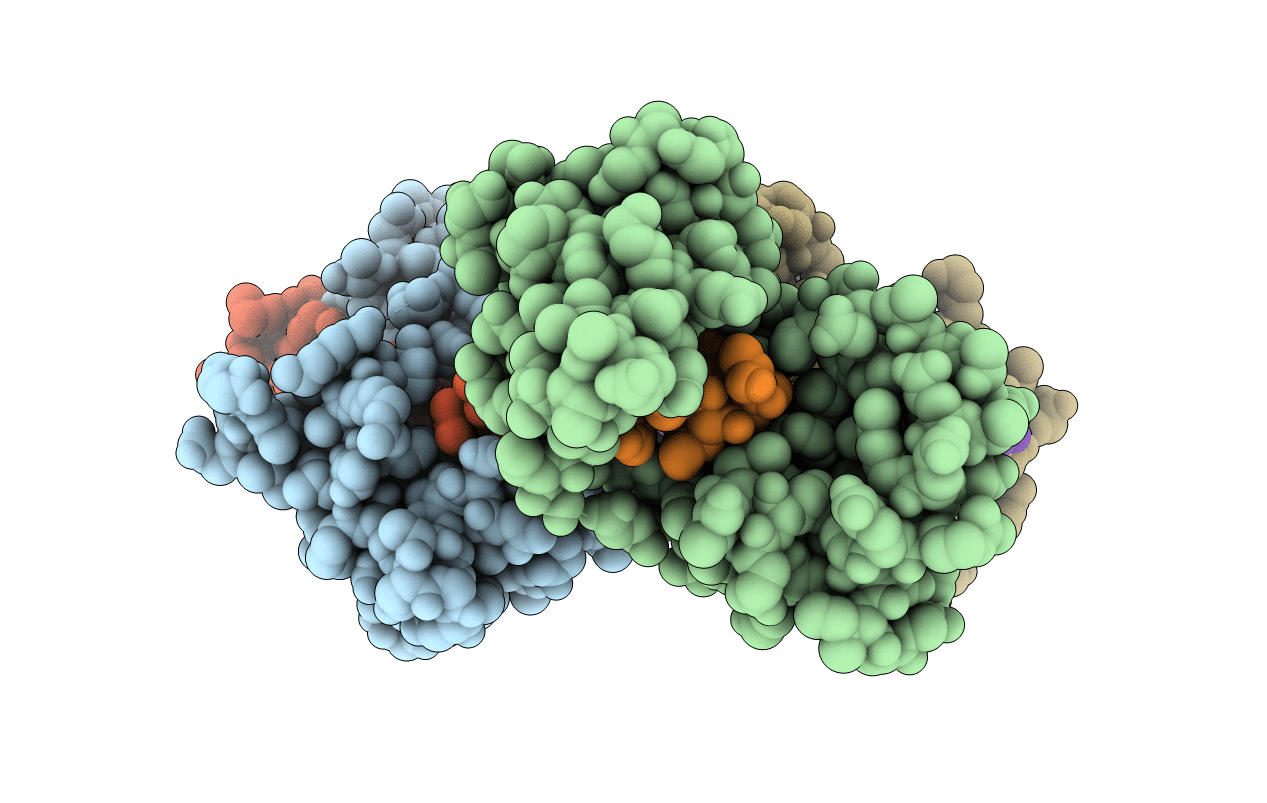
Deposition Date
2005-10-23
Release Date
2005-11-15
Last Version Date
2024-05-22
Entry Detail
PDB ID:
2BE6
Keywords:
Title:
2.0 A crystal structure of the CaV1.2 IQ domain-Ca/CaM complex
Biological Source:
Source Organism:
Homo sapiens (Taxon ID: 9606)
Host Organism:
Method Details:
Experimental Method:
Resolution:
2.00 Å
R-Value Free:
0.25
R-Value Work:
0.20
R-Value Observed:
0.20
Space Group:
P 1 21 1


